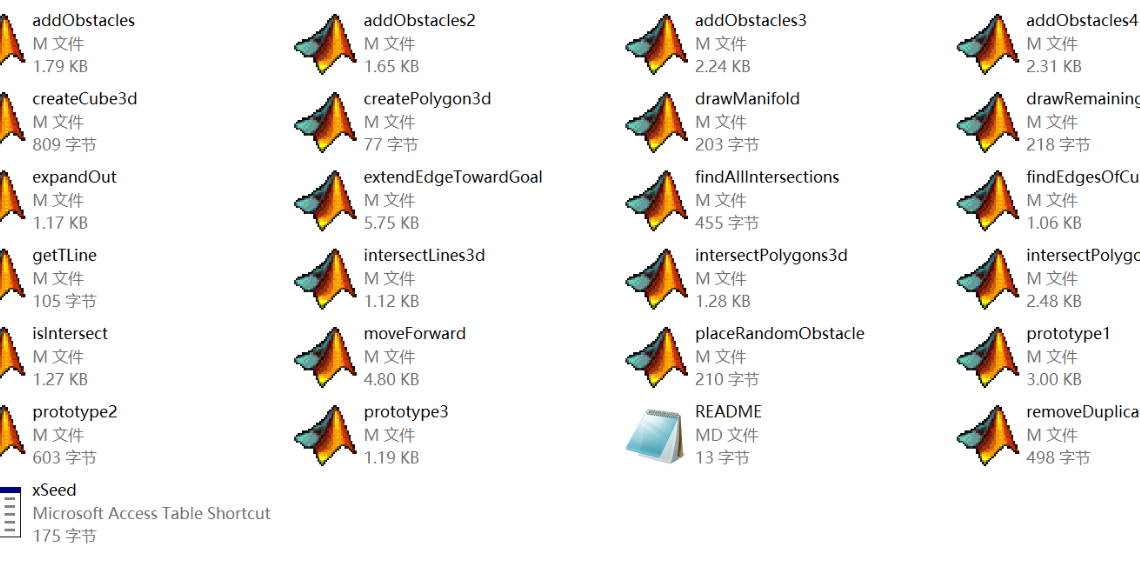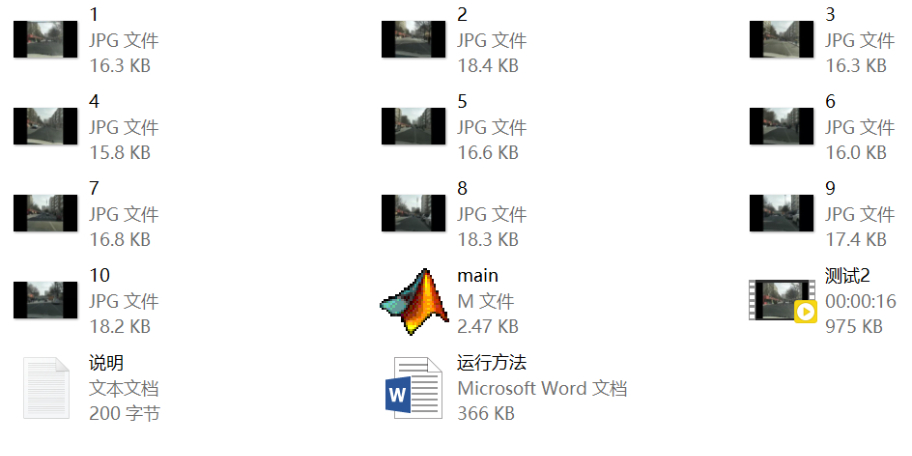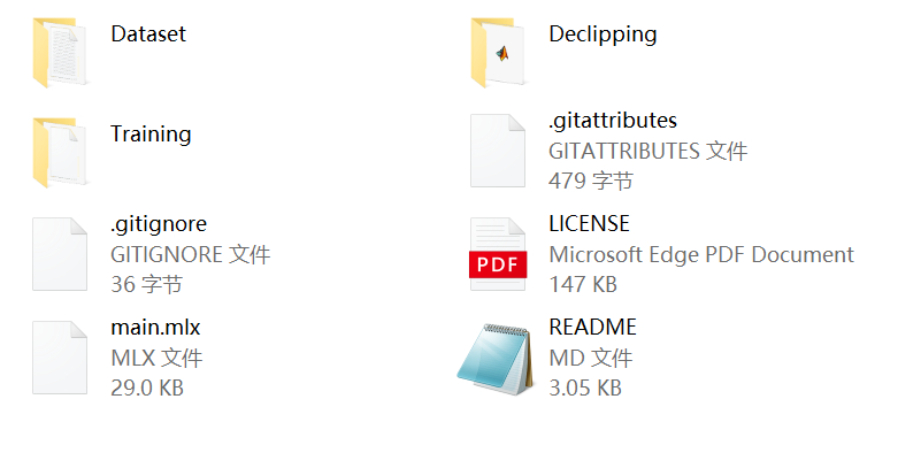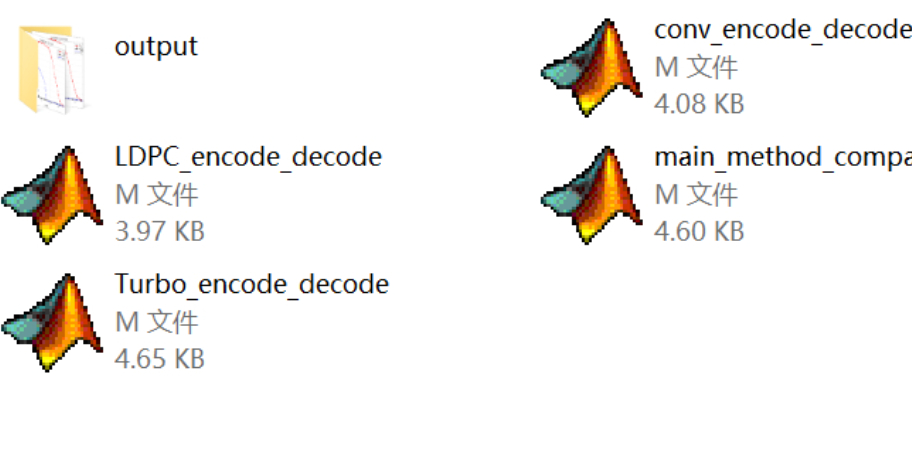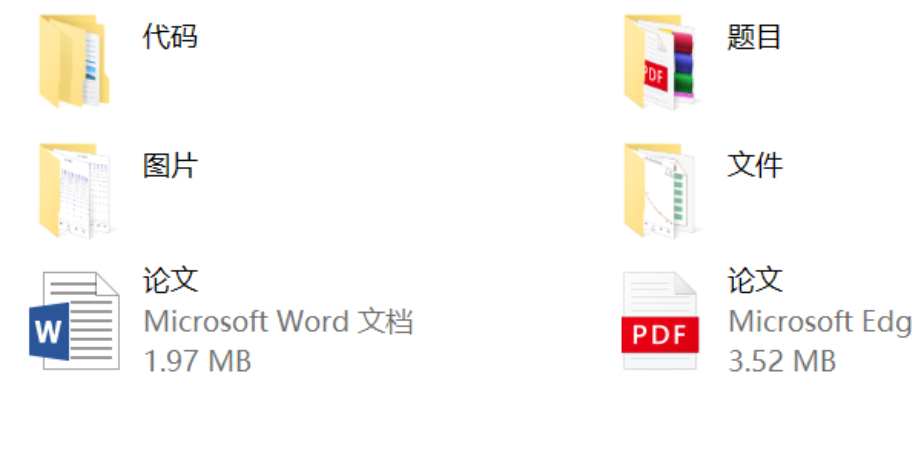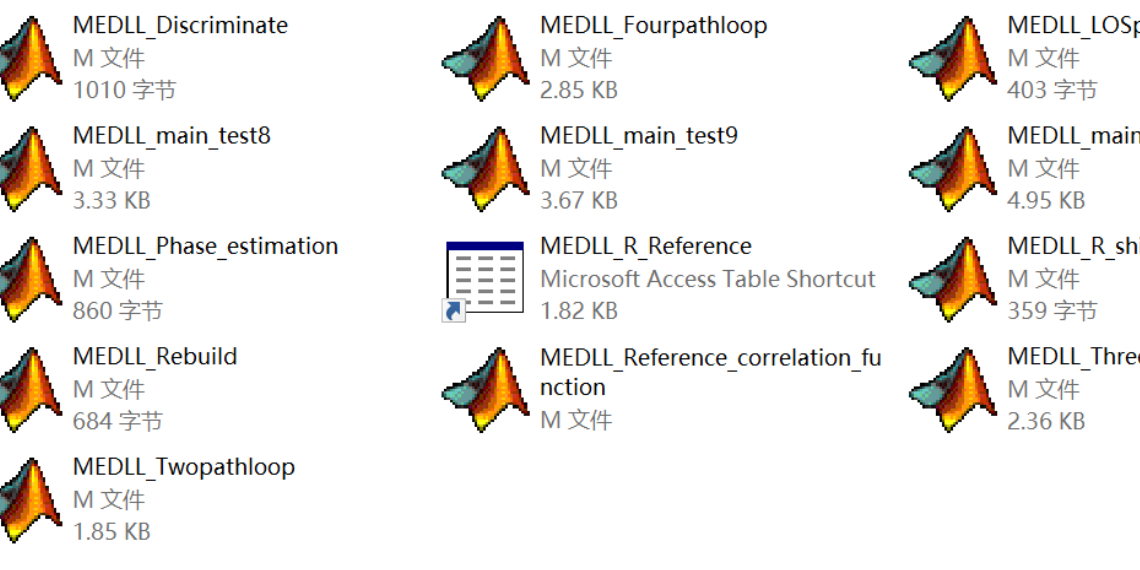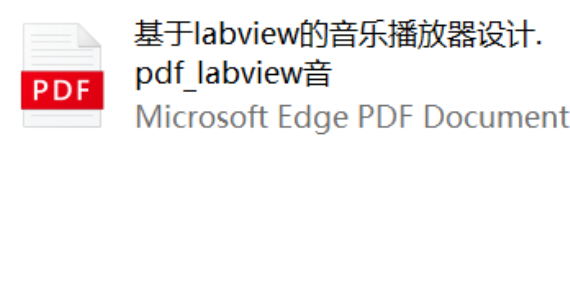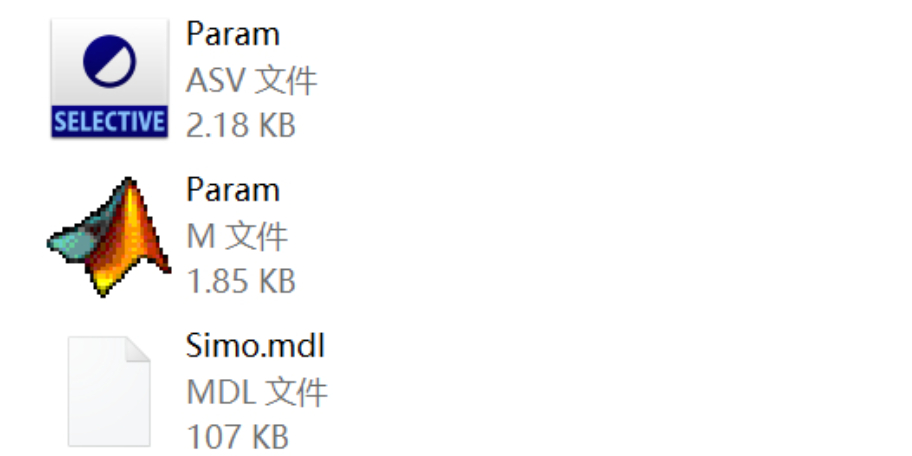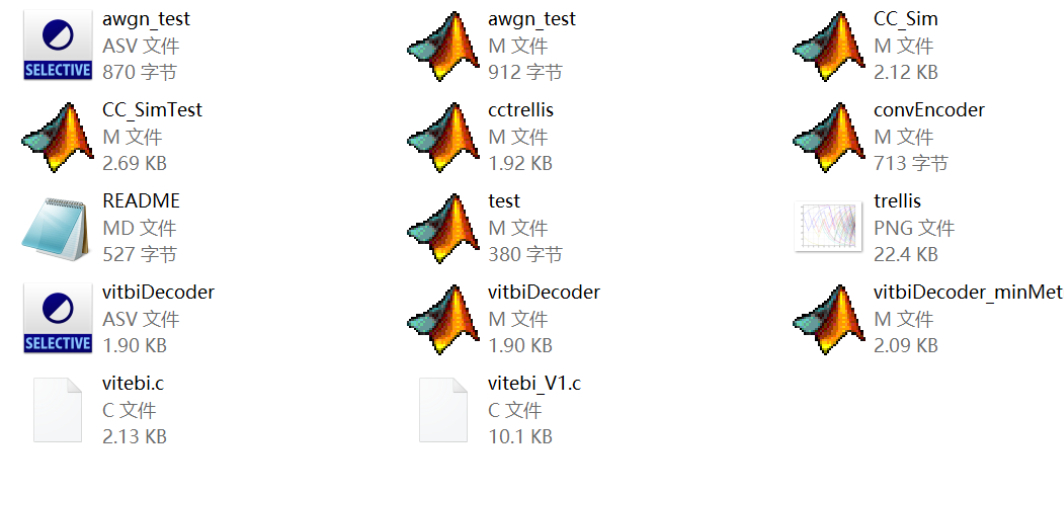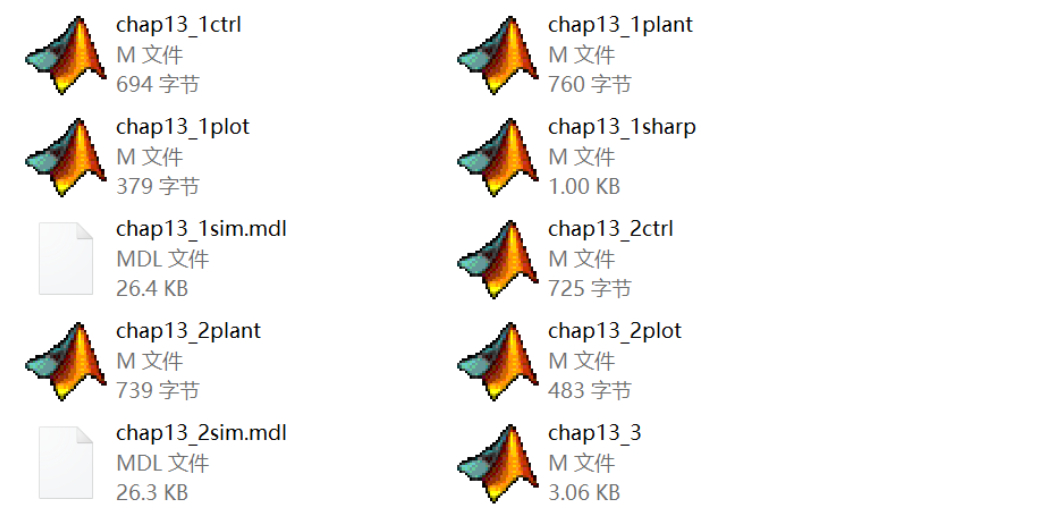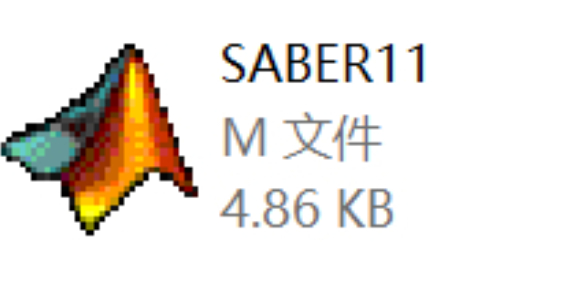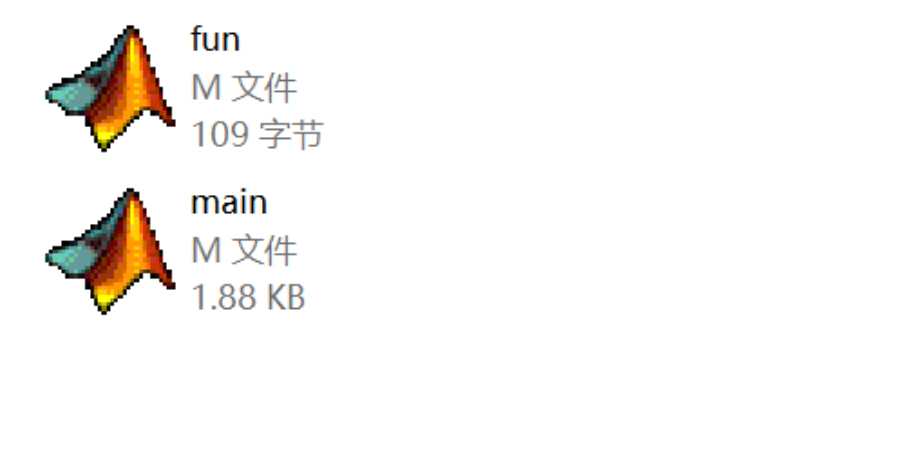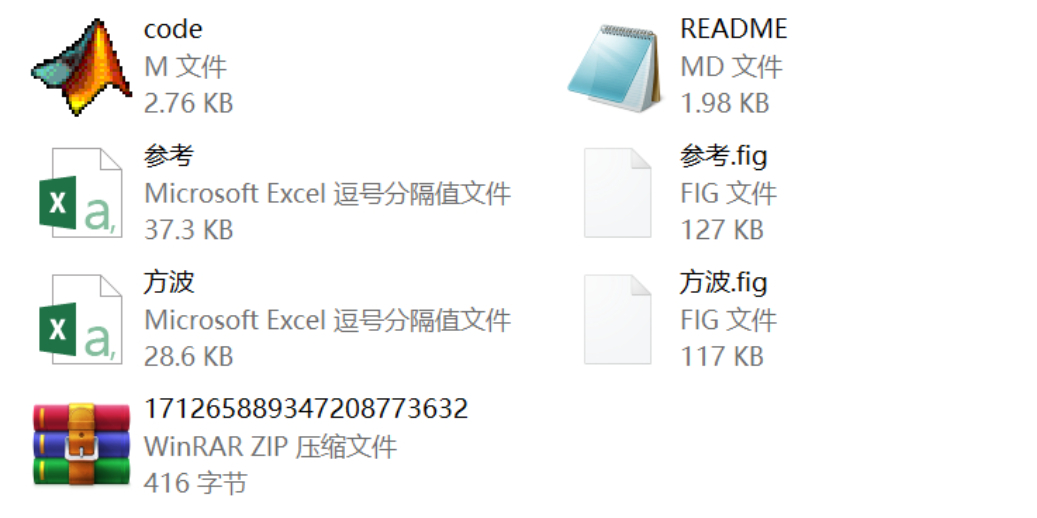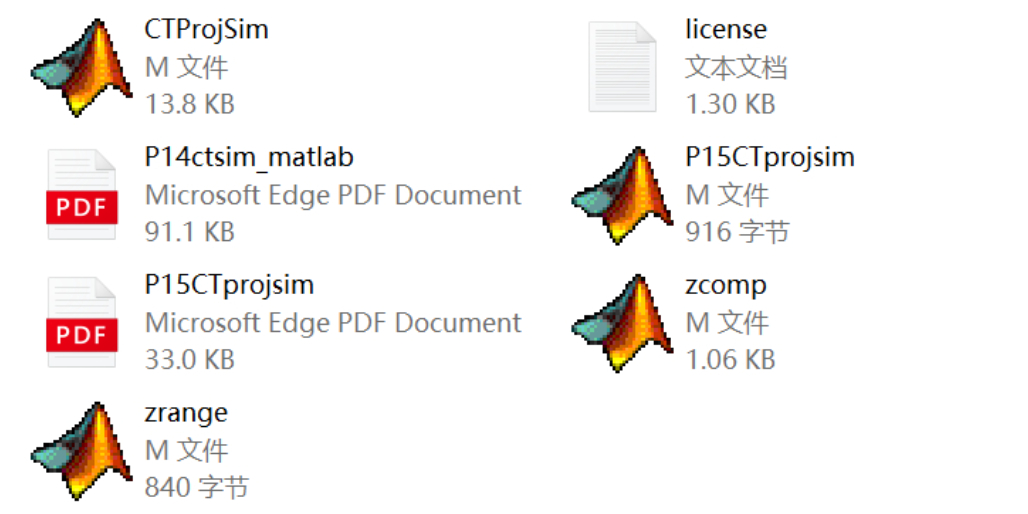
21KBRAR
Microgrids are distributed energy systems that are capable of operating in both grid-connected and islanded modes to provide reliable power supply. In power system analysis, tidal current calculation is a fundamental and important task to determine the voltage, current and power distribution in the network. This project is a microgrid tidal current calculation program implemented based on Matlab environment, which allows the user to customize the node type and power data, facilitating simulation studies for various scenarios.
Matlab is a powerful mathematical computing software, and its rich library functions and programming environment are well suited for power system analysis. In this project, the tidal current calculation involves the following key knowledge points:
1. **Newton-Raphson method**: This is a commonly used iterative algorithm for solving power system tidal current problems. By constructing Jacobi matrix and gradient matrix, iteratively updating the node voltages and branch currents until the power balance conditions and voltage constraints are satisfied, thus obtaining the steady state operation state of the system.
2. **Node type**: In a microgrid, a node may be defined as a PQ node (power is known), a PV node (voltage is known), or a slack node (which usually represents a generator or the mains grid, where both voltage and power are set). The user can adjust the node type to simulate different system configurations.
3. **Power model**: Microgrids may contain a variety of power sources, such as photovoltaic cells, wind turbines, diesel generators and so on. The characteristics of these power sources need to be represented in the model, e.g., I-V curves for photovoltaic cells, power curves for wind turbines, etc.
4. **Load modeling**: Loads can be constant power, impedance type or dynamic loads. Understanding the impact of different load types on microgrid operation is an important part of trend calculation.
5. **Islanding mode versus grid-connected mode**: in the islanding mode, the microgrid operates independently of the main grid and needs to dispatch its own internal resources to meet load demand; in the grid-connected mode, the microgrid is interconnected with the main grid and can optimize its operation by regulating the power exchanged with the main grid.
6. **Control strategies**: In the Matlab program, the design of control strategies for microgrids, such as voltage control, frequency control, and power distribution strategies, may be involved, which are key to ensuring the stable operation of microgrids.
7. **Data entry and processing**: The user can customize the power data of the nodes, which involves steps of data reading, validation and processing to ensure that the input data matches the actual physical meaning.
8. **Results visualization**: Matlab provides a wealth of graphical interface tools to plot curves of voltage, current, power and other parameters to help users visualize and understand the calculation results.
By running the `main.m` program, the user can experience the whole process, including setting up the microgrid structure, inputting data, performing calculations, and viewing results. This program is a very useful tool for learning and studying the dynamic behavior of microgrids, optimizing operation strategies, and evaluating performance under different conditions.
Resource Disclaimer (Purchase is deemed to be agreement with this statement): 1. Any operation on the website platform is considered to have read and agreed to the registration agreement and disclaimer at the bottom of the website, this site resources have been ultra-low price, and does not provide technical support 2. Some network users share the net disk address may be invalid, such as the occurrence of failure, please send an e-mail to customer service code711cn#qq.com (# replaced by @) will be made up to send 3. This site provides all downloadable resources (software, etc.) site to ensure that no negative changes; but this site can not guarantee the accuracy, security and integrity of the resources, the user downloads at their own discretion, we communicate to learn for the purpose of not all the source code is not 100% error-free or no bugs; you need to have a certain foundation to be able to read and understand the code, be able to modify the debugging yourself! code and solve the error. At the same time, users of this site must understand that the Source Code Convenience Store does not own any rights to the software provided for download, the copyright belongs to the legal owner of the resource. 4. All resources on this site only for learning and research purposes, please must be deleted within 24 hours of the downloaded resources, do not use for commercial purposes, otherwise the legal disputes arising from the site and the publisher of the collateral liability site and will not be borne! 5. Due to the reproducible nature of the resources, once purchased are non-refundable, the recharge balance is also non-refundable
